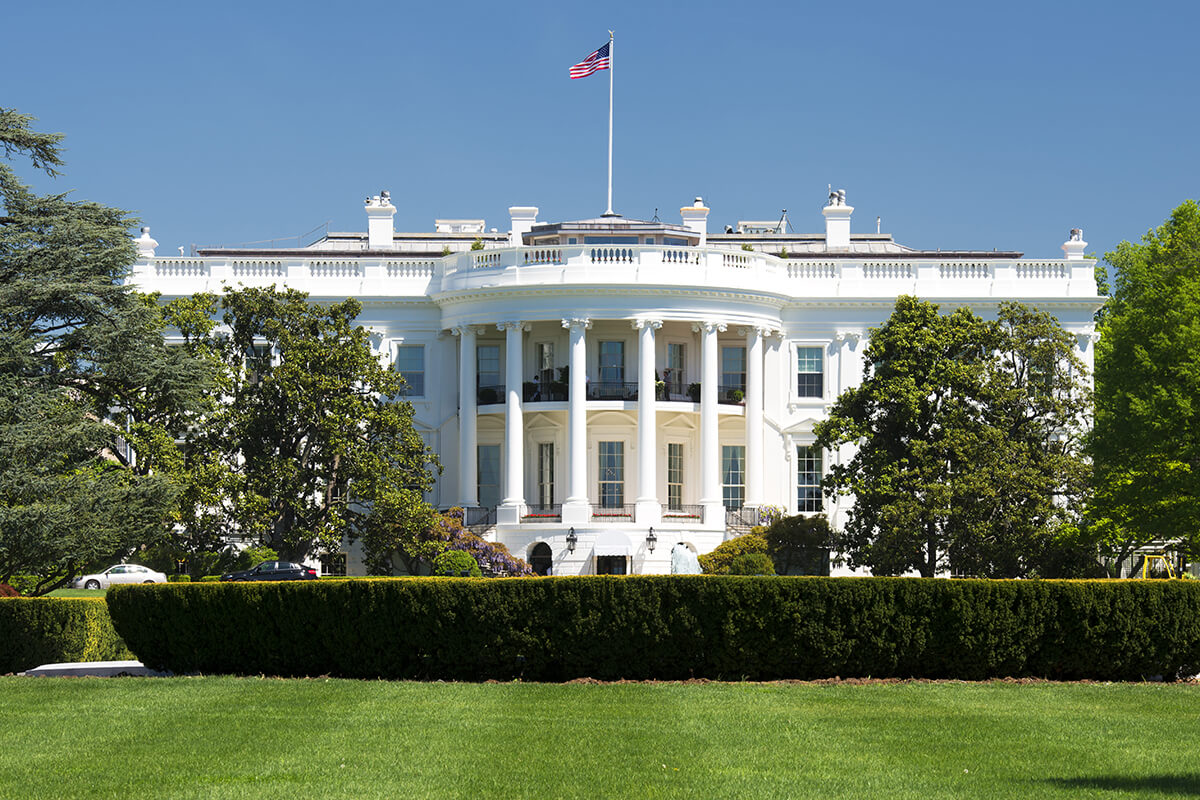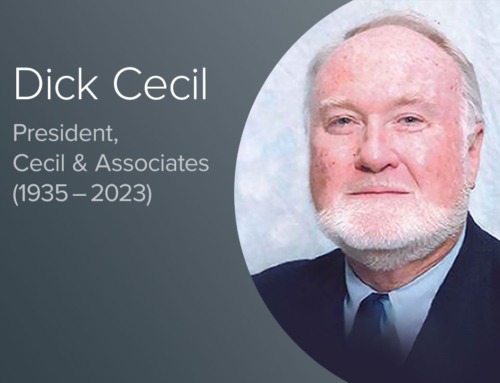I was reflecting on the crisis our nation has been experiencing with the President of the United States seeking treatment at the Walter Reed National Military Medical Center after a Covid-19 diagnosis.
It reminded me of a blog post written by my colleague, Stacy Delk, in late March. That seems like a decade ago. She shared her impression that Ohio Governor Mike DeWine and then Ohio Health Director Dr. Amy Acton had “become Ohio’s celebrated Chief Communications Officers” for how they dealt with the Covid-19 crisis in Ohio. I agree and I encourage you to read it.
My colleague shared eight lessons for delivering high-stakes messages to key stakeholders during a crisis. She wrote that good communicators …
- Avoid Surprises.
- Stay in Their Lane.
- Are Calm and Deliberate.
- Regularly Inform.
- Tackle the Tough Stuff.
- Use Simple, Consistent Messages.
- Use Relatable Examples.
- Are Human.
This is not a blog post to politicize what is a very serious scenario for our nation. I hope by the time this publishes POTUS, FLOTUS and the others recently testing positive are well on their way to recovery.
I write this as a professional communicator analyzing the White House’s response and published information and my decades of experience in crisis communications and issues management, much of it for candidates, elected officials, government agencies and businesses.
So, thinking about the eight lessons above, how did the White House do in communicating about this crisis?
- Good Communicators Avoid Surprises. The White House communicators appeared caught off guard in the critical first days of the crisis. Yes, things evolved very quickly. At the same time, the stakes could not be higher. The White House appeared ill prepared for the scenario of the President testing positive for Covid-19, much less his requiring hospitalization.
- Good Communicators Stay in Their Lane. The White House Chief of Staff, Director of the National Economic Council and President are not physicians. Yet, each made statements during the first 12 hours of the crisis. The statements were often conflicting, leading to confusion in the media. In times of crisis, the first rule of communications is to not compound the actual crisis with inconsistent or inaccurate statements. The White House failed on this item.
- Good Communicators are Calm and Deliberate. The White House earns some points for effort here. From the President to the White House physician, each were calm and deliberate and sought to assure Americans that their President was doing OK. But, due to the lack of preparedness and the aforementioned inconsistencies, being calm and deliberate while sharing too little or inaccurate information misses the mark.
- Good Communicators Regularly Inform. “Nature abhors a vacuum.” We inform our clients of this phrase often attributed to Aristotle. While it may seem impossible to feed the non-stop media “beast,” it was clear that in the first 24 to 48 hours of this crisis, greater frequency and more consistent communications would have filled the void and served the President and the country well.
- Good Communicators Tackle the Tough Stuff. Despite criticism in the past months that the Trump Administration did not address the Covid-19 crisis as seriously as it might have, and despite inconsistencies in messaging and timing, the White House and the President himself seemed to clearly tackle this crisis head-on.
- Good Communicators Use Simple, Consistent Messages. You could sense the President’s and the White House physician’s efforts to deliver messages in simple terms, not in complex medical terms. You could also sense that network TV medical experts were parsing every word. My sense is that the American people generally understood that what was happening was very serious.
- Good Communicators Use Relatable Examples. Much like using simple and consistent messaging, I sensed the White House physician attempting to relate to the average citizen in his messaging. At the same time, many of the President’s actions during the crisis, while relatable, seemed to contradict the seriousness of the experts’ messages. This was a shortcoming.
- Good Communicators are Human. Don’t let the professional overshadow the personal. At times of crisis, people don’t need superhuman leaders. Of course, President Trump is well-known for projecting a certain pugnaciousness. While many expect this in their leaders, I believe many others expect sincerity. At best, President Trump projects strength and resoluteness. At worst, his bombast appears to many as insincere and ill-advised.
In times of crisis, there is little room for leaders to waver, under-inform or increase uncertainty. While President Trump’s trademark bravado was on display during his bout with Covid-19, the White House communications came up short for our nation in a game where the stakes could not be higher.








